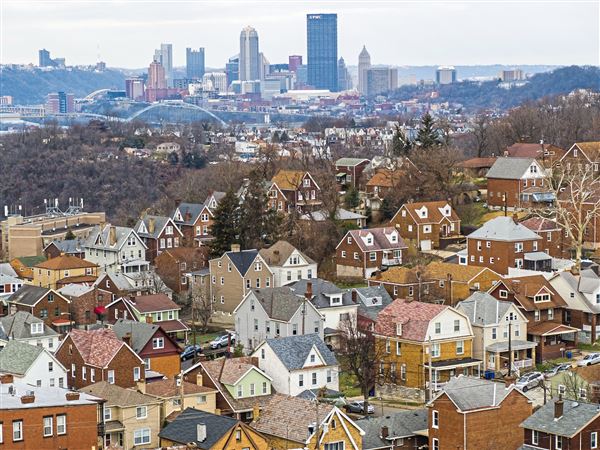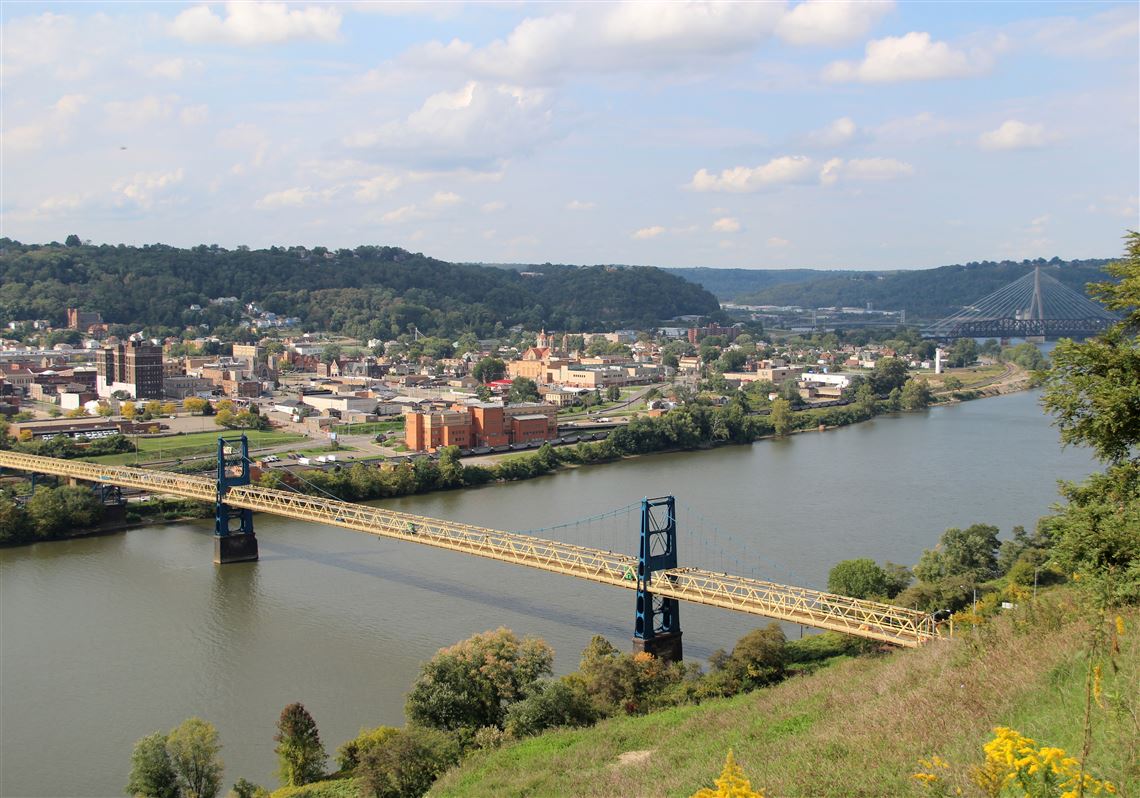Though most of the country has been ground to a halt by COVID-19, a recent study by the national Rails-to-Trails Conservancy, detailing the benefits of completing a trail from Pittsburgh to Cleveland, has given Pittsburghers and residents of Western Pennsylvania something to look forward to when the crisis has finally passed.
Rail trails, which convert disused railways into multiuse paths used for hiking, cycling and more, produce far-reaching benefits for the communities through which they run, including boosts to public health, nature conservation and support of local economies.
The 220-mile Cleveland-to-Pittsburgh Corridor, or “C2P” as advocates refer to it, would be a particularly beneficial trail, according to the study. The C2P would be part of multiple larger trail networks, including the 3,700-mile Great American Rail-Trail and a 1,500-mile system being compiled across 51 counties in Pennsylvania, Ohio, New York and West Virginia by the Industrial Heartland Trails Coalition.
About 75% of the C2P would be comprised of pre-existing trail. Constructing the remaining trails — the study identifies seven gaps — would cost millions of dollars in asphalt, crushed stone and other materials.
But the trails would be important drivers for the economies of communities along the route. Along the existing Ohio & Erie Canal Towpath Trail, for instance, users already spend about $7 million a year. And Pittsburgh area businesses, such as Golden Triangle Bike Rentals, have benefited immensely from the connection of city trails to the Great Allegheny Passage. More connections to other parts of the country would facilitate more business.
The C2P corridor is deserving of political and financial support from local, state and regional officials. Serving as a conservation tool, a public health boost and an economic driver, the trail would be a welcome tonic to Western Pennsylvania and Eastern Ohio when life returns to normal.
First Published: April 20, 2020, 10:15 a.m.
















